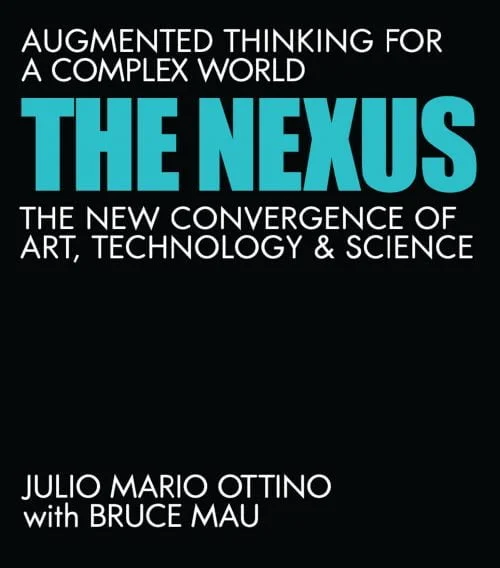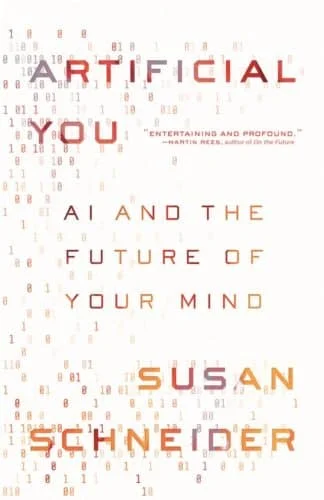“Most robots don’t make good friends. They mow the grass, remove bombs, sweep the rug, even do surgery—but they can’t hold a conversation. It’s difficult to look someone in the eyes. Wouldn’t it be better if the robots were less mechanical and more social if the future promises more human-robot collaboration in both work and play? In his book How to Grow a Robot, Mark Lee investigates ways to make robots more approachable, pleasant, and interesting.
Many believe that advances in artificial intelligence, particularly Deep Learning, will serve as the cornerstone for our future with robots. Self-driving cars and chess match-winning algorithms are already products of these technological advancements. But according to Lee, we need observant, dynamic, and responsive robots—more like people than machines, social rather than robotic, and playful rather than programmed. He contends that the best way to do this is to “raise” a robot so that it may learn from experience, just like a baby.
After outlining “what’s wrong with artificial intelligence”—one major drawback being that it isn’t embodied—Lee introduces a different strategy for creating robots that resemble people: developmental robotics, which is motivated by developmental psychology and its accounts of early infant behavior. He explains how the iCub learns from its own experiences by describing his own trials with the iCub humanoid robot and its progression from neonatal helplessness to ability levels equal to a nine-month-old. AI robots are built to view people as objects, while future robots will gain empathy. Developmental robots will connect with people more effectively if they have an internal model of “self.” We should strive for that kind of technology in the future.”
















